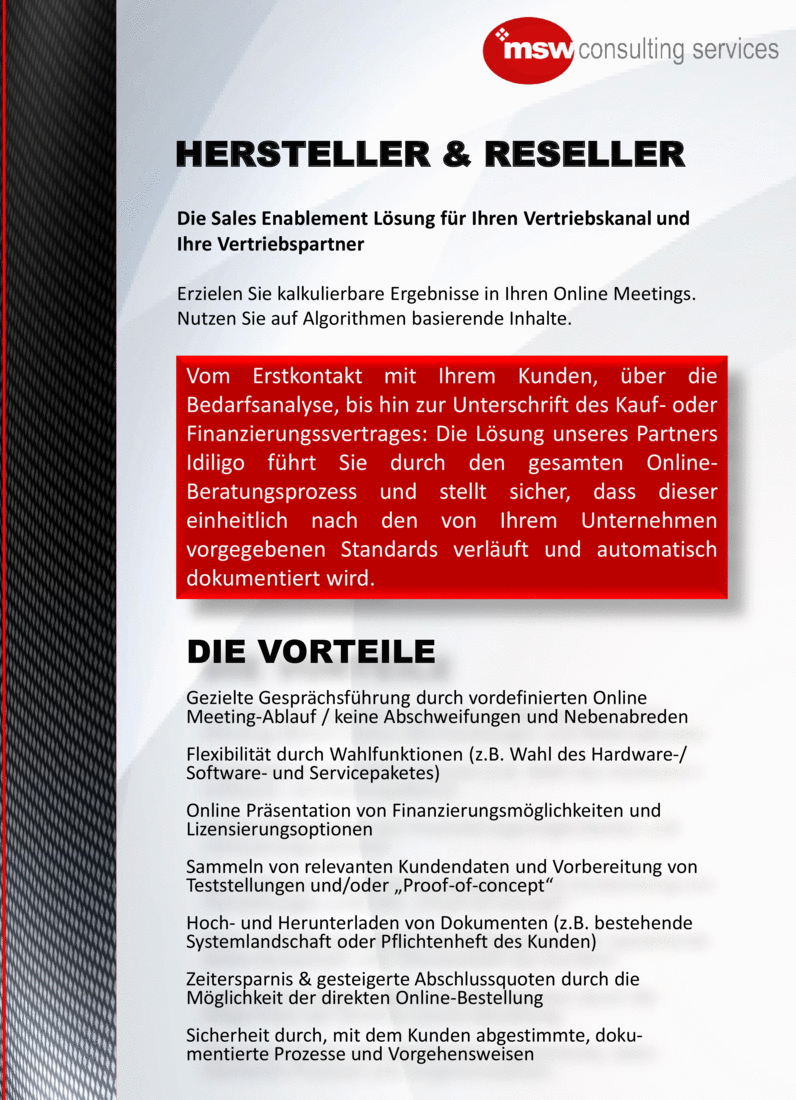Innovation the lifeblood of our economy
It happens to all of us: One minute we have so many fresh ideas that we can't wait to share them with the world. The next minute, the well is dry, and we're wondering if we'll ever have another original thought. I've been there, and I'm sure you have, too. A "thought desert" can be frightening and sometimes even paralyzing, especially for entrepreneurs and business owners, since new ideas are the lifeblood of innovation.
How can you shorten those times when creativity seems to have fled? The key is unlocking what I call your "Rainforest" - an ecosystem of innovation where new concepts can grow and businesses can thrive.
Here are seven steps that I follow to unleash ideas. I recommend you try them, too.
1. Get your own self together. I've found there are fewer tasks more frustrating that being on a team where the leader is insecure and lowers everyone else's performance. While occasional fear is natural, transmitting your worst insecurities to your team makes others stop talking to you or trusting you. It freezes innovation. What can you do? Take leadership training. Meditate. Ask friends how you can do better. Allow yourself a healthy cry. I've found that being authentic about myself always wins in the end.
2. Bring influential people together. When I see a new building rise above the skyline, I imagine the process its architects went through while designing it. They weren't just thinking about what happens inside the building. They were also focused on how inhabitants move in and out of the space effectively, with an overriding goal of making it easier for people to connect. That's your job when building your team. You need to foster a similar connectivity in virtual space, because influencers who are the most diverse - whether in talent or viewpoint - have the most to gain from each other.
3. Focus on process, because process equals substance. Designers like to say that context equals content. It's just another way of saying that the way you set the table matters. As a leader, your goal is to instill creative confidence by making your team comfortable enough to stretch outside their comfort zone. Do this by actively listening to them, and using the old improvisation trick of saying "yes and" to ideas rather than a quick "no." Operate from the standpoint that there are no bad ideas, just early incarnations of good ones.
4. Make it fun. Innovation isn't a rational endeavor. It takes a lot of effort, risk and failure. Without joy in the process, why bother? Remember the journey is more important than the destination, so make the process fun. Shared joy builds bonds and fuels the creative process.
5. Write down your social contract. Sign it. Most teams operate with an unwritten social code. Be different. Get the members of your team to develop a social contract and then have everyone sign it. Rituals unite people and help them remember their promises. Your own social contract will be different from mine, but here are some ideas for a code that you might emulate:
Break rules and dream.
Open doors and listen.
Trust and be trusted.
Pay it forward.
6. Give people toys to play with. Toys make work livelier. My team created a toy called the Rainforest Canvas to help people visualize their ecosystems. We've conducted workshops with this canvas all over the world, and they have been eye-opening. Each block on the canvas represents a critical piece of your ecosystem, such as leaders, stakeholders and resources. Team members fill each section with questions (i.e. Who are the stakeholders? What resources are available?). If convened the right way, the results can be powerful. People see their own ecosystems in visible form for the first time.
7. Bridge social divides. Social barriers, whether caused by geography, networks, language or distrust, stifle valuable relationships before they can begin. Overcoming those barriers is key. Ask yourself, who on your team isn't collaborating with whom, what's blocking the collaborations and how would you encourage those conversations? Perhaps modifying incentives can foster greater communication. Review the social contract your team created, and align people's incentives with their shared communal goals.
SOURCE: http://bit.ly/17hw8lV, this factual content has not been modified from the source. This content is syndicated news that has can be used for your research, and we hope that it can help your productivity. This content is strictly for educational purposes and is not made for any kind of commercial purposes of this blog.

















